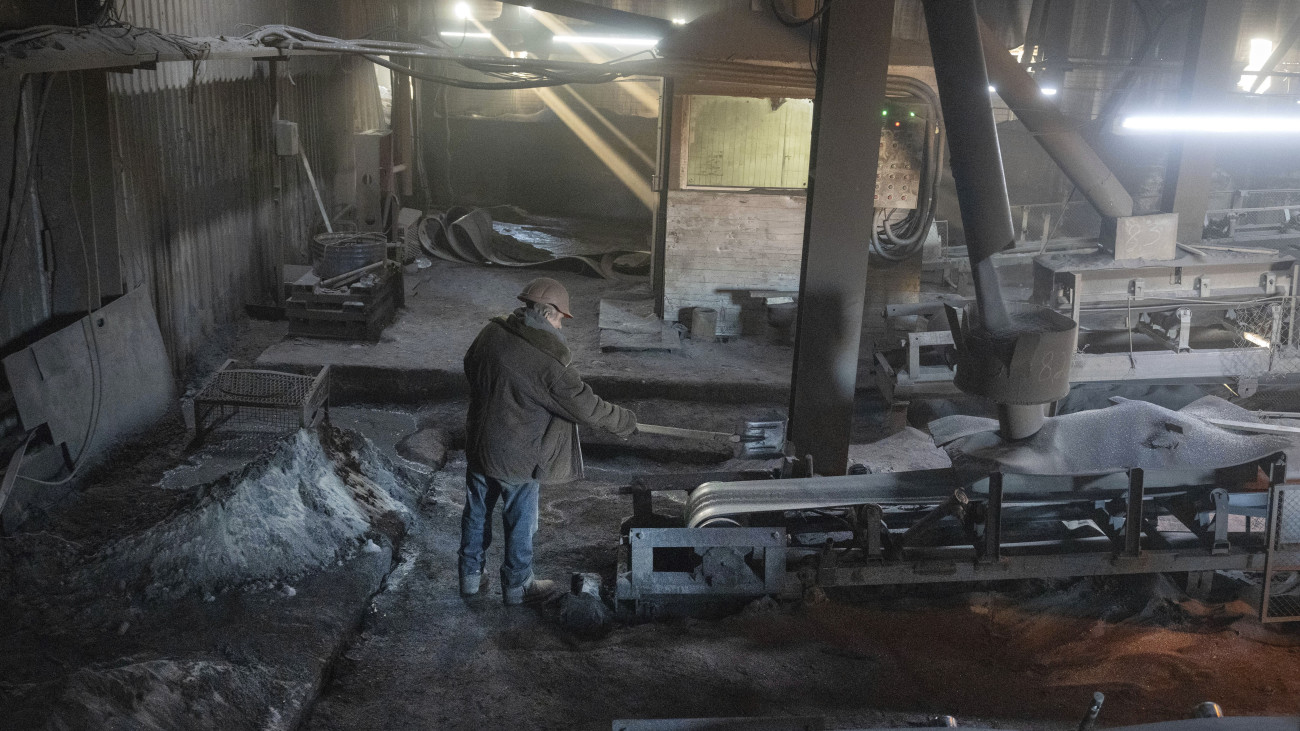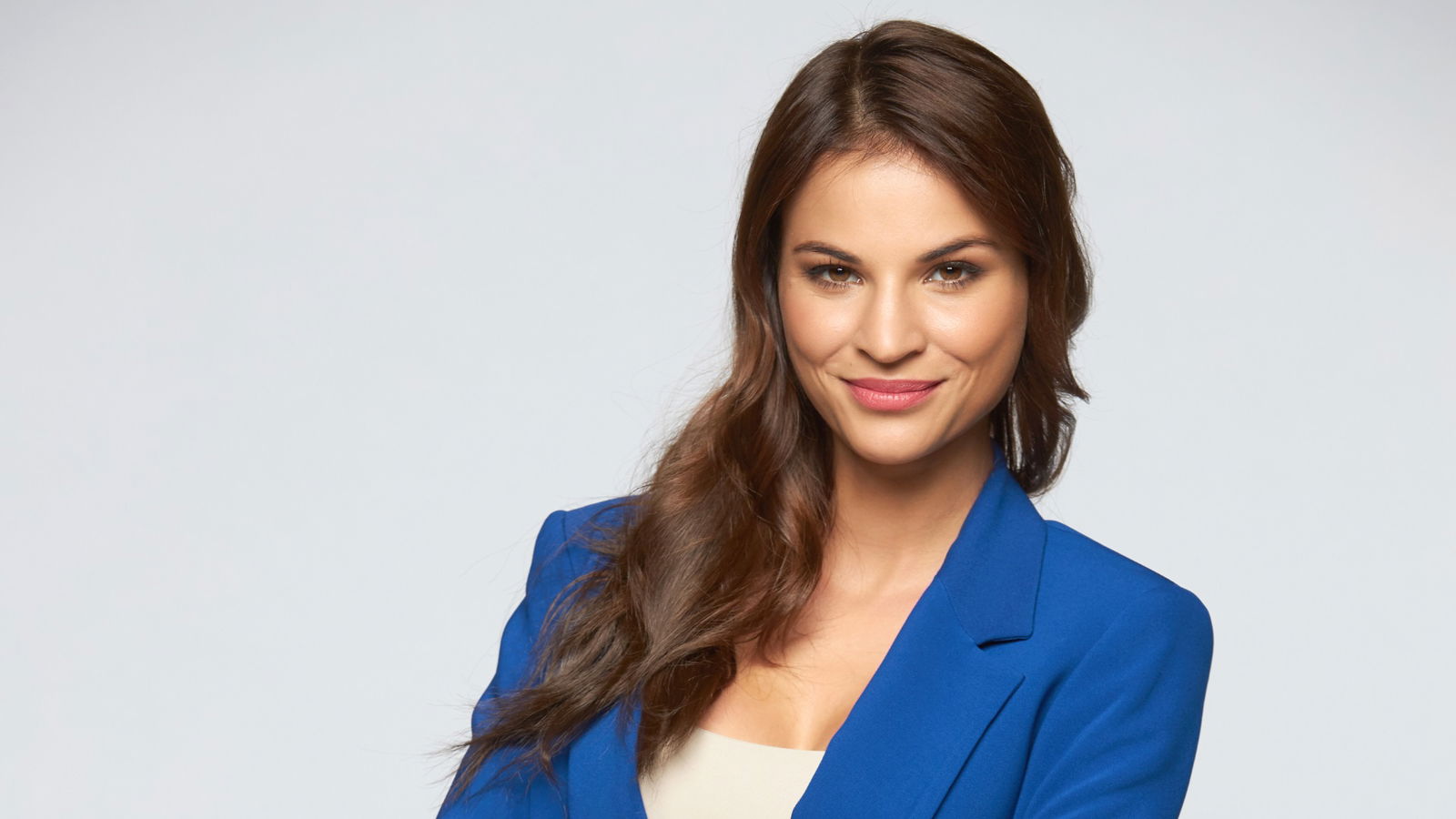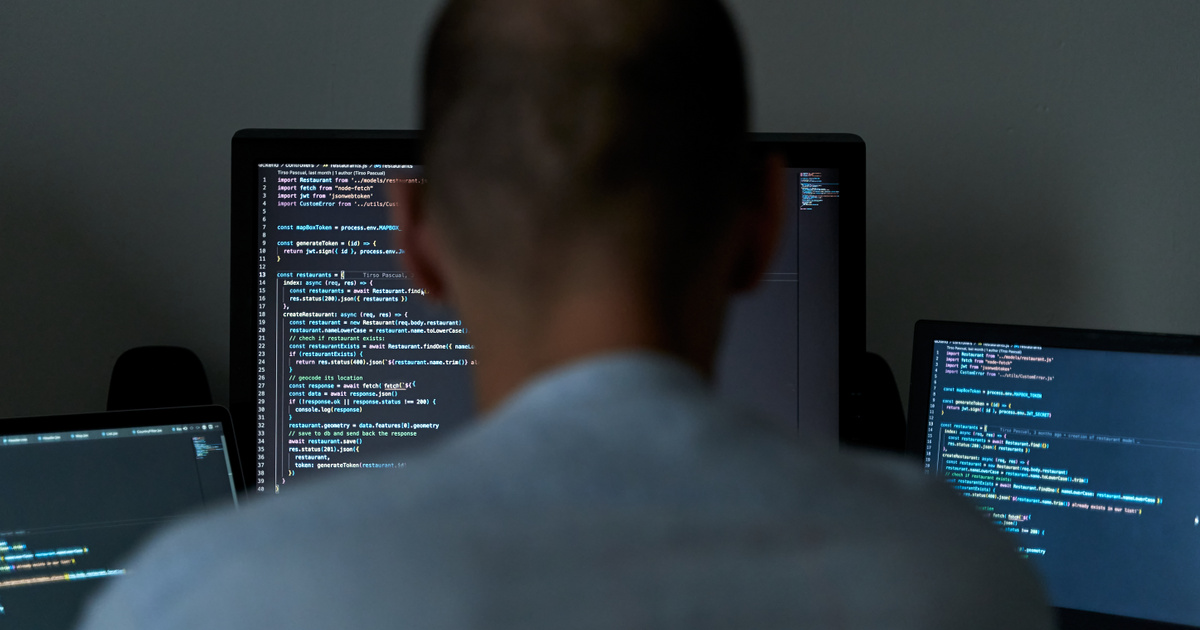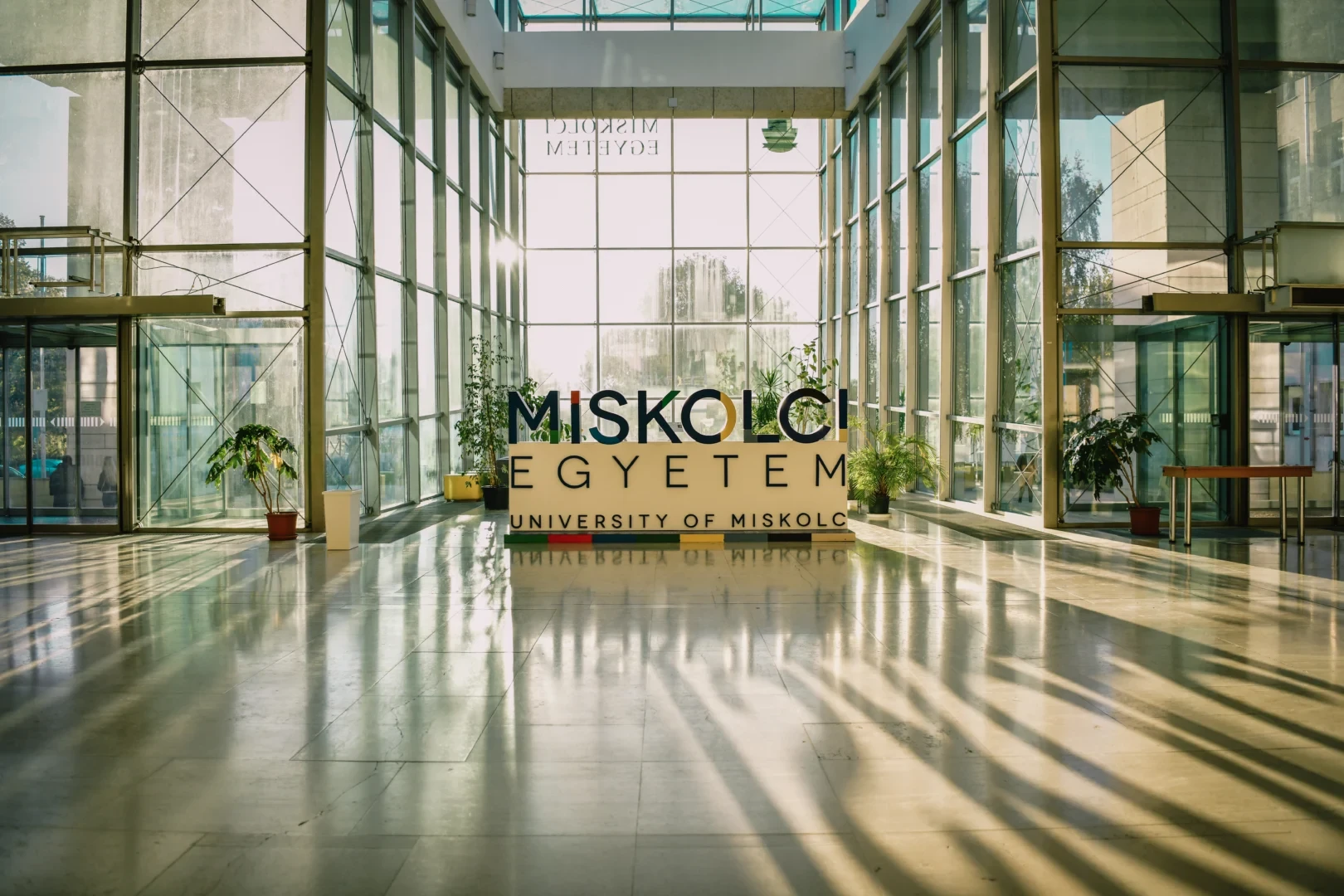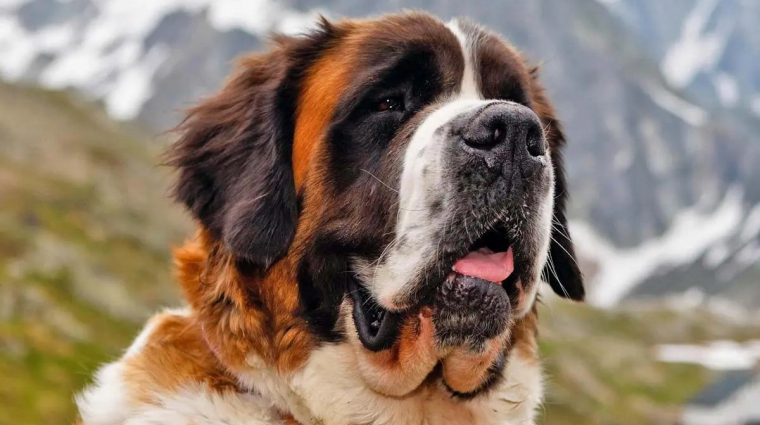The fuel tank of our imaginary spaceship is already running low, but it still has enough fuel to visit the last three planets in our star system. In the series of index articles, we go step by step through the planets of the solar system in order to collect in one place the special features of a particular planet – because the universe contains a lot of interesting things. We previously learned why there is ice on the surface of Mercury, even though it orbits very close to the Sun, as well as how it would lose its life on the surface of Venus in a split second – it would literally explode from the harsh atmospheric pressure, while from the scorching heat it would burn to charcoal.
Photo: Emilia Nemeth/Index
After resting on Earth and searching for Earth 2.0, we visited Mars, where we studied the highest mountain in the solar system, and then headed to Jupiter, one of whose moons may harbor life. The next target is the sixth planet in our star system, Saturn, which is actually Jupiter's twin – they are similar in structure and appearance, but Saturn has something Jupiter can only dream of. Of course, it is a ring that revolves around the planet, thanks to which Saturn can also be considered the king of the solar system; However, the ring's dimensions will almost certainly confuse you – more on that later.
Saturn is the sixth planet in the solar system, and the distance between it and the sun is about 1.4 billion kilometers, so the light emitted from the star reaches the planet in only 80 minutes. Although many people think it is the largest planet in the solar system because of its rings, this is not the case – Saturn is only the second largest with a diameter of 120,500 kilometers around the equator; It's just a lack of fire on Jupiter. Its rotation is extremely rapid, with one day ending in less than 11 hours, but a Saturnian year is equivalent to 10,756 Earth days. Its structure is similar to that of Jupiter: the gas giant is composed mostly of helium and hydrogen – so it does not have a surface similar to that of rocky planets; Partly because of this, the existence of life is almost completely ruled out.
the Lord of the Rings
The planet gets its name – not surprisingly – after a Roman god, Saturn, who was the master of agriculture and wealth; Although the Romans missed the mark with the former, the latter may have been successful, because Saturn is richer in having a ring around it, which we cannot find anywhere else in the solar system. Moreover, the ring is not just one ring, but a group of several rings, the separate parts of which are marked by astronomers with letters according to the order in which they were discovered. The three main rings were marked with the letters A, B and C, but new rings were later discovered, which were actually marked with the letters E, F and G.
Moving from the inside of Saturn to the outside, we first encounter the D and C rings, then the B rings. Next comes the so-called Cassini split, which is an empty space, then the main ring A, F, G, and finally the E ring are revealed to us.
The rings are believed to be pieces of broken comets, asteroids or moons that were crushed by Saturn's strong gravity before reaching the planet. Based on observations, it is made up of billions of pieces of ice and rock covered in other materials such as dust. Ring particles mostly range from tiny dust-sized ice grains to house-sized pieces, but some particles can be as large as an entire mountain range. The planet's ring system extends to a distance of up to 282 thousand kilometers from the planet.
However, few people know that, despite the enormous width, the thickness of the rings reaches only ten (!) meters, so it is no higher than a 3-4-storey house.
Thanks to this, if the rings are observed perfectly with the naked eye, they become almost completely invisible next to the enormous dimensions of Saturn.
Moreover, you will soon have the opportunity to observe the ringless planet, because in 2025 we will see the rings directly from Earth, so it will be impossible to physically observe them. This happens every 14 to 15 years, so the last time I saw something similar was in the late 2000s/early 2010s. However, this is not the only surprising fact about Saturn: it is the only planet in the solar system whose average density is less than that of water, so in the galactic ocean the planet floats on the surface of the water like an inflatable ball. .
Hope in titanium
Based on 2023 data, there are at least 146 moons orbiting Saturn, but in addition to these celestial bodies, many more celestial bodies are awaiting official recognition by the International Astronomical Union (IAU) as moons of Saturn. Although there are many of them, creating different worlds, one stands out among them, namely Titan – on this moon, seas, rivers, lakes and clouds similar to those on Earth can be observed. Since the destruction of the Cassini spacecraft in 2017, we haven't had many opportunities to observe Saturn's private moon, but thanks to the collaboration of the James Webb Space Telescope and the Keck Observatory on Earth, we were recently able to get a more detailed image of Titan than ever before.
The two global telescopes were able to image Titan's seas as well as its clouds.
As is IFLScience Reportedly, this immediately excited researchers, who were wondering if they could follow the evolution of these clouds. When they looked at the moon clouds a few days later, they were afraid they would have dissipated by then – but to their surprise, they were in almost the same place, only slightly changed in shape. Interestingly, in 2027, NASA will send a new mission called Dragonfly to the Moon, which will be a multi-rotor lander and will evaluate whether Titan, with its strange chemistry, could be habitable in some form of life – because the Moon Previous The seas, rivers and lakes mentioned here are not water, but different hydrocarbons.
Titan-IC success!
Here's Webb's first look at Titan, Saturn's largest moon. Because Titan has a dense atmosphere, its surface is hidden in visible light. Enter Webb's infrared eye, which captured the clouds as well as the bright and dark spots on their surfaces: https://t.co/zQsSN9Py4H pic.twitter.com/6NuQMfXAFN
– NASA Webb Telescope (@NASAWebb) December 1, 2022
We don't know exactly what we'll find here, but astronomers are increasingly confident that, for example, on Uranus, which is a neighbor of Saturn, diamonds could literally fall from the sky – but more on that next time.
Parts of the series of articles published so far:
Mercury: It is scorching hot, but ice covers the planet closest to the sun
Venus: Named after the goddess of beauty, but she embodies Hell
Earth: No matter how much we search, we cannot find another planet like this in the universe
Mars: Two potatoes orbit around it, and there may be life on it
Jupiter: There is a giant storm raging for centuries, and it will not subside





